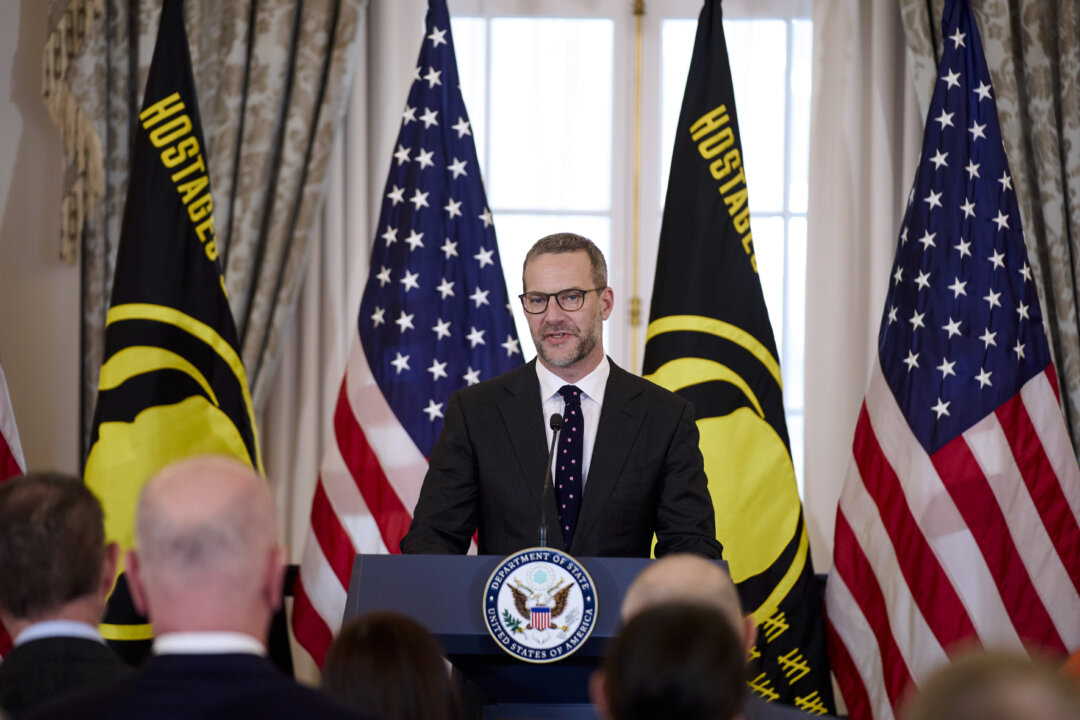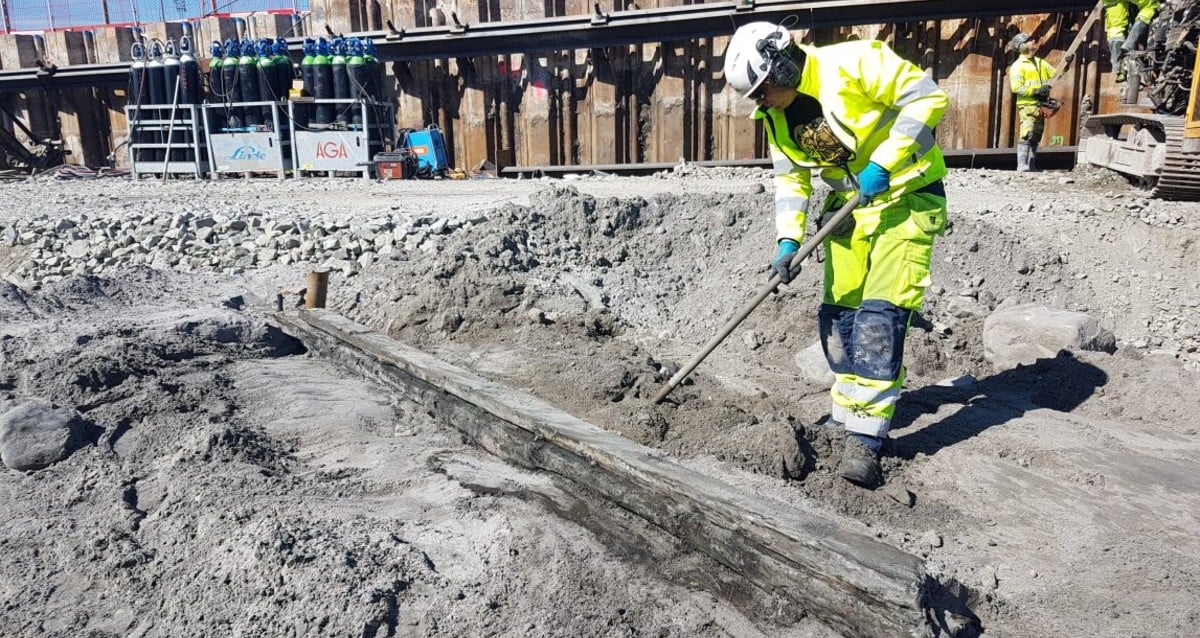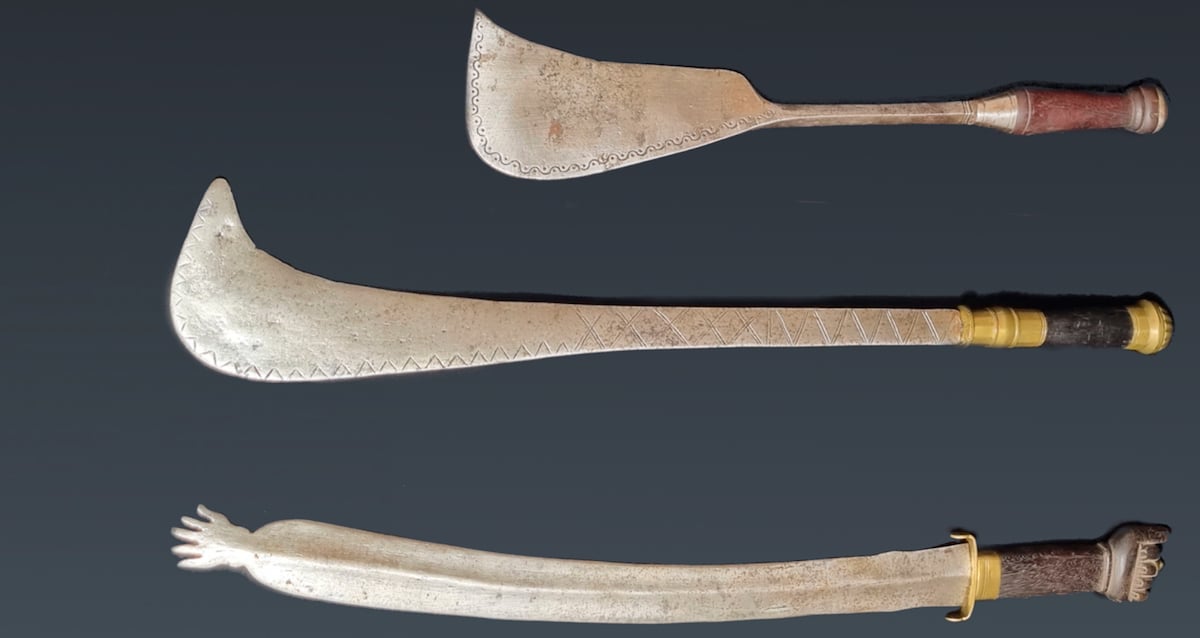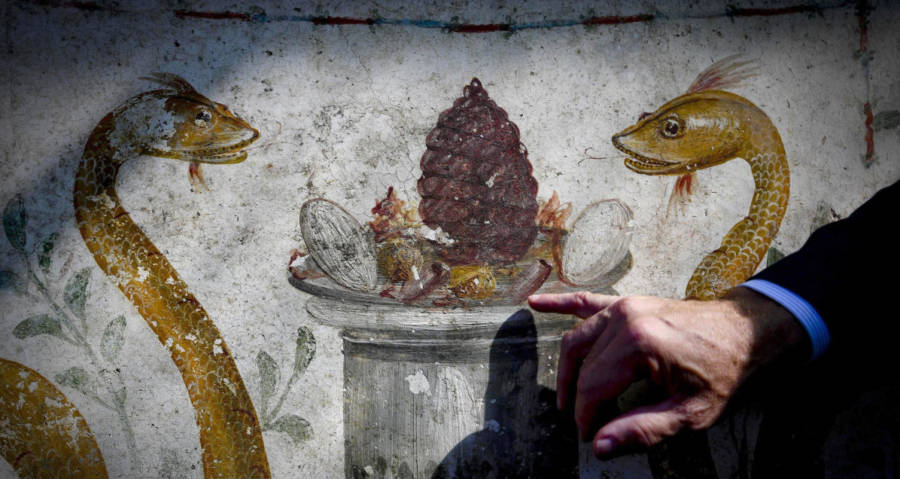0 Comentários
0 Compartilhamentos
312 Visualizações

Diretório
Elevate your Sngine platform to new levels with plugins from YubNub Digital Media!
-
Faça Login para curtir, compartilhar e comentar!
-
 YUBNUB.NEWSUS Air Force Veteran Joseph St. Clair Freed From Venezuelan DetentionWe are overwhelmed with joy and gratitude, St. Clairs parents say in a statement.Joseph St. Clair, a U.S. Air Force veteran held captive in Venezuela for nearly seven months, has been freed,0 Comentários 0 Compartilhamentos 317 Visualizações
YUBNUB.NEWSUS Air Force Veteran Joseph St. Clair Freed From Venezuelan DetentionWe are overwhelmed with joy and gratitude, St. Clairs parents say in a statement.Joseph St. Clair, a U.S. Air Force veteran held captive in Venezuela for nearly seven months, has been freed,0 Comentários 0 Compartilhamentos 317 Visualizações -
 YUBNUB.NEWSOne Step Ahead: House Republicans Want To Make Americas Borders Even Harder To Illegally CrossHouse Republicans are pushing for one of the biggest investments in border security in U.S. history, bolstering the enforcement apparatus achieved by the Trump administration. GOP members of the House0 Comentários 0 Compartilhamentos 384 Visualizações
YUBNUB.NEWSOne Step Ahead: House Republicans Want To Make Americas Borders Even Harder To Illegally CrossHouse Republicans are pushing for one of the biggest investments in border security in U.S. history, bolstering the enforcement apparatus achieved by the Trump administration. GOP members of the House0 Comentários 0 Compartilhamentos 384 Visualizações -
 YUBNUB.NEWSAustralia, Singapore Vow Closer Ties on Trade, Security, Regional PeaceThe prime ministers discussed regional security, upgraded trade ties, and a stable Indo-Pacific.Australian Prime Minister Anthony Albanese and Singaporean Prime Minister Lawrence Wong reaffirmed strong0 Comentários 0 Compartilhamentos 352 Visualizações
YUBNUB.NEWSAustralia, Singapore Vow Closer Ties on Trade, Security, Regional PeaceThe prime ministers discussed regional security, upgraded trade ties, and a stable Indo-Pacific.Australian Prime Minister Anthony Albanese and Singaporean Prime Minister Lawrence Wong reaffirmed strong0 Comentários 0 Compartilhamentos 352 Visualizações -
 ALLTHATSINTERESTING.COMHow V Th Thng Became A Symbol Of The Revolutionary Women Who Fought In The Vietnam WarCaptured by South Vietnamese forces in 1968 and punished with 20 years of hard labor, V Th Thng was famously joyful at her sentencing confident that South Vietnam would fall long before her sentence was over.The post How V Th Thng Became A Symbol Of The Revolutionary Women Who Fought In The Vietnam War appeared first on All That's Interesting.0 Comentários 0 Compartilhamentos 344 Visualizações
ALLTHATSINTERESTING.COMHow V Th Thng Became A Symbol Of The Revolutionary Women Who Fought In The Vietnam WarCaptured by South Vietnamese forces in 1968 and punished with 20 years of hard labor, V Th Thng was famously joyful at her sentencing confident that South Vietnam would fall long before her sentence was over.The post How V Th Thng Became A Symbol Of The Revolutionary Women Who Fought In The Vietnam War appeared first on All That's Interesting.0 Comentários 0 Compartilhamentos 344 Visualizações -
 ALLTHATSINTERESTING.COMArchaeologists Have Discovered Six Centuries-Old Shipwrecks During Construction On Swedens CoastThe shipwrecks span from the Middle Ages to the 17th century, but not much is known about why they all sank off the coast of Varberg, Sweden.The post Archaeologists Have Discovered Six Centuries-Old Shipwrecks During Construction On Swedens Coast appeared first on All That's Interesting.0 Comentários 0 Compartilhamentos 295 Visualizações
ALLTHATSINTERESTING.COMArchaeologists Have Discovered Six Centuries-Old Shipwrecks During Construction On Swedens CoastThe shipwrecks span from the Middle Ages to the 17th century, but not much is known about why they all sank off the coast of Varberg, Sweden.The post Archaeologists Have Discovered Six Centuries-Old Shipwrecks During Construction On Swedens Coast appeared first on All That's Interesting.0 Comentários 0 Compartilhamentos 295 Visualizações -
 ALLTHATSINTERESTING.COMScientists Just Uncovered The Secrets Of The Ornate Swords Once Made In West Africas Storied Kingdom Of DahomeyThese swords were forged via a distinctive process of blending various types of iron and then folding them together into delicate patterns, a method that created uniquely beautiful blades and has never been seen anywhere else in history.The post Scientists Just Uncovered The Secrets Of The Ornate Swords Once Made In West Africas Storied Kingdom Of Dahomey appeared first on All That's Interesting.0 Comentários 0 Compartilhamentos 299 Visualizações
ALLTHATSINTERESTING.COMScientists Just Uncovered The Secrets Of The Ornate Swords Once Made In West Africas Storied Kingdom Of DahomeyThese swords were forged via a distinctive process of blending various types of iron and then folding them together into delicate patterns, a method that created uniquely beautiful blades and has never been seen anywhere else in history.The post Scientists Just Uncovered The Secrets Of The Ornate Swords Once Made In West Africas Storied Kingdom Of Dahomey appeared first on All That's Interesting.0 Comentários 0 Compartilhamentos 299 Visualizações -
 ALLTHATSINTERESTING.COMRoman Shrine Preserved For 2,000 Years By Ash From Vesuvius Eruption Unearthed At PompeiiThe shrine, known as a lararium, is surrounded by well-preserved paintings and murals depicting animals, deities, and more.The post Roman Shrine Preserved For 2,000 Years By Ash From Vesuvius Eruption Unearthed At Pompeii appeared first on All That's Interesting.0 Comentários 0 Compartilhamentos 297 Visualizações
ALLTHATSINTERESTING.COMRoman Shrine Preserved For 2,000 Years By Ash From Vesuvius Eruption Unearthed At PompeiiThe shrine, known as a lararium, is surrounded by well-preserved paintings and murals depicting animals, deities, and more.The post Roman Shrine Preserved For 2,000 Years By Ash From Vesuvius Eruption Unearthed At Pompeii appeared first on All That's Interesting.0 Comentários 0 Compartilhamentos 297 Visualizações -
-





